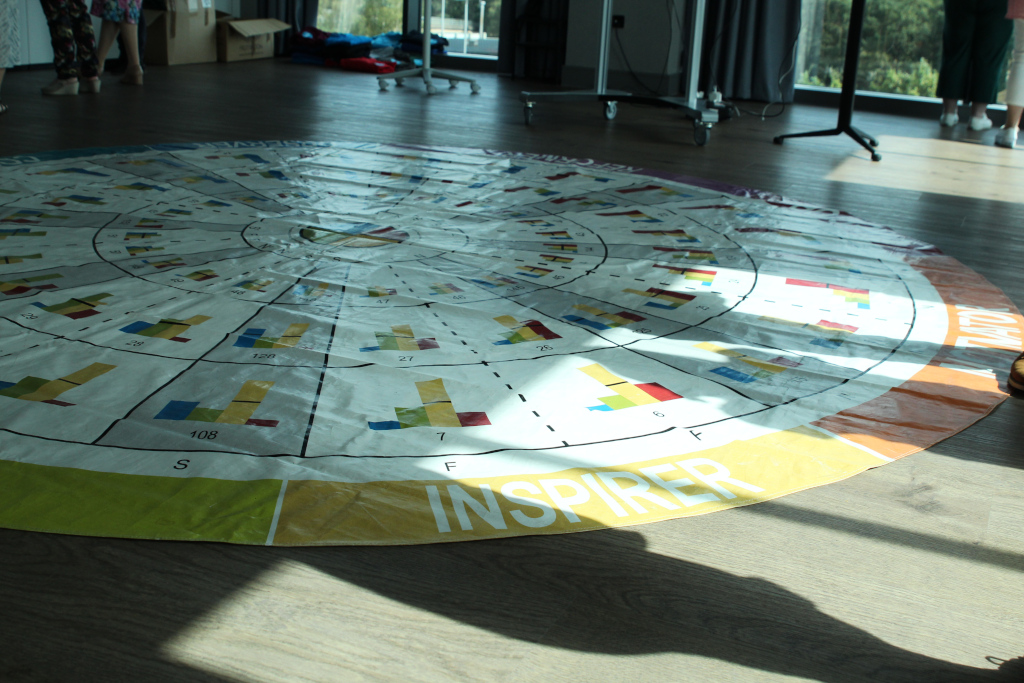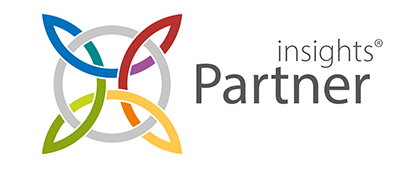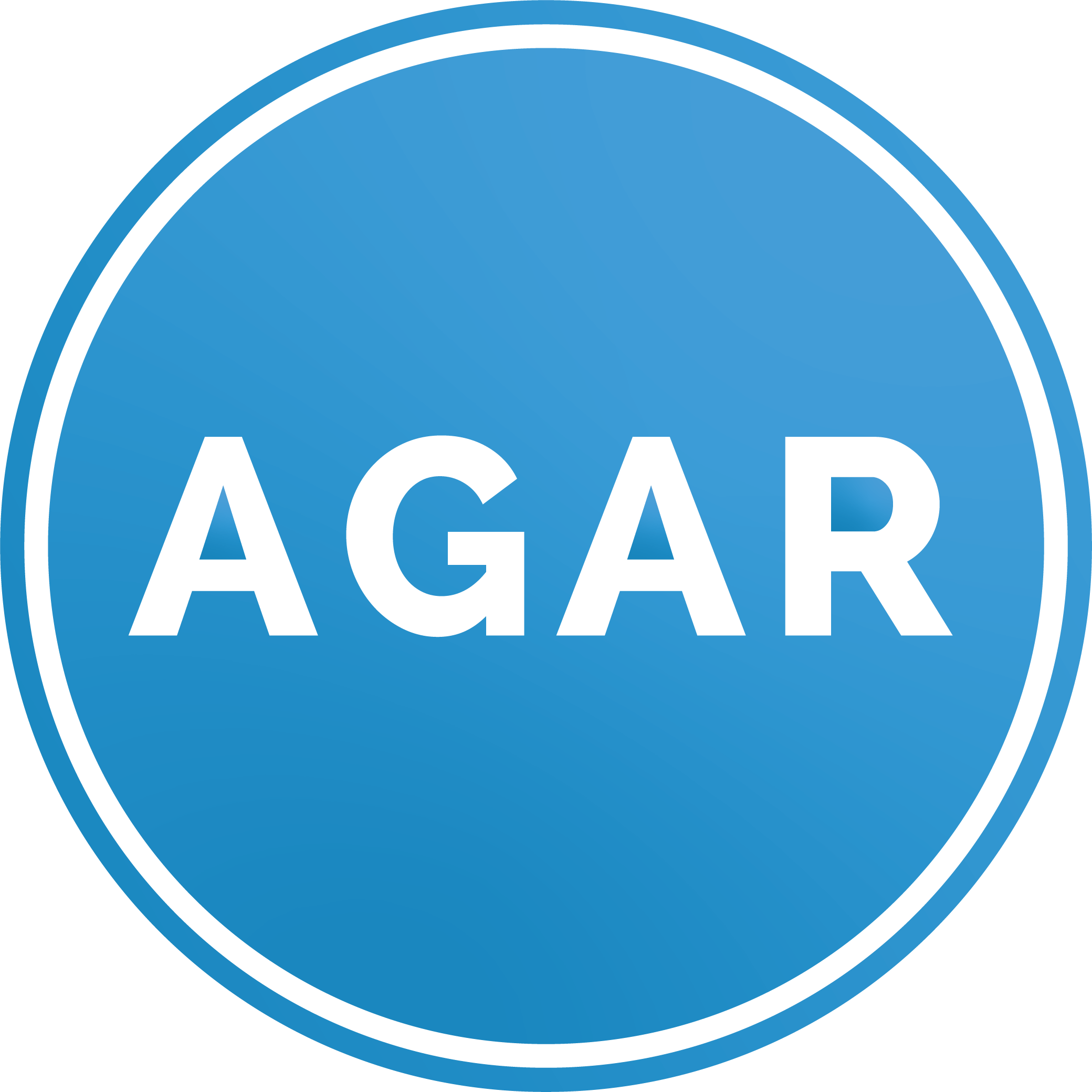The Creative Position

An individual in the Creative Position may have a graph that looks something like this
What does it mean?
The unique qualities of the different colour preferences are not always apparent to ‘creatives’ when they perceive others or themselves. The Insights Discovery model may seem confusing to people in a creative wheel position because the distinctions between the descriptions of the ‘colours’ have little or no basis in their experience and therefore don’t always make much sense.
‘Creatives’ tend to have easy access to all of the colour preferences and often have the ability to make instant connections between them. They may not understand why other members of the team are not as agile mentally or emotionally – and may experience frustration or impatience. They are often surprised, and sometimes confused or hurt, by reactions of other members of the team to what they perceive as a ‘normal’ response.
For example, the creative individual may be sharing a warm, harmonious interchange with someone with an Earth Green preference in one moment – and in the next moment state abruptly that they need to get to work.
Or, the creative individual may be humorously engaging and generating ideas with colleagues with a Sunshine Yellow preference in one moment – and in the next appear to coldly distance themselves and begin to negatively (although from their own perception, simply use ‘the gift of caution’) rebut the ideas.
Creatives may not experience stress responses relating to the different colour preferences in the same way as ‘non-creatives’. The ‘flips’ may not be as intense in their expression – and the stress response could vary considerably. The stress response for those in the creative position is driven by the particular colour preference they are using in the moment when they experience stress. So, even the initial stages of stress could be expressed as outspoken, challenging and aggressive in one situation and in another be withdrawn and passive.
How and why does it come about?
There is, undoubtedly, a full and complex range of possibilities. However, in experience the same four explanations (with much more emphasis on the last 3) crop up most frequently.
- The individual is going through a life transition. This explanation is rarely given by the individual themselves as a reason.
- The individual grew up in a home with parents in very different positions on the Insights Discovery Wheel.
- Growing up, the individual moved to a different location every year or so, and learned to ‘reinvent’ themselves to adapt to constantly-altered situations, environment, and relationships.
- The individual experienced ongoing demands/challenges/ possibly trauma during their formative years and developed a highly creative coping strategy.
In the first case, the individual is often fully aware of the unusual stretch (sometimes even felt as stress) in relation to their ‘usual’ personality preferences. In the last three cases, the individual is not aware of any particular ‘stretch’ or uniqueness involved in being in the creative position and will often state “I’ve always been like this”. What is so very interesting is that in each case the psyche is stretching well beyond expected physiological preferences to meet the sociological demands the individual is facing.
What are the benefits to the team of having a team member in the Creative position?
In order for the team to benefit fully, there must be an understanding of the Creative Position itself. In addition with deeper understanding, these benefits can be fully felt and experienced by the individual. This can release a powerhouse of potential, and, in some cases, alleviate the stress that can come to the individual from sometimes feeling alienated from the rest of the team.
The individual in the Creative position will not experience, or need to compensate for, the limitations of the physiological and sociological preference in the same way as the rest of the team members.
The individual in the Creative position can become a conscious bridge/interpreter between the members of the team who are most in ‘opposition’ on the Insights Discovery Wheel.
The individual in the Creative position can take on specific projects that demand the use of the “opposite” preferences in ways that might take a toll on other team members.
What are the challenges of having a team member in the Creative position?
The individual will not always react in the ways that the team has come to think of as ‘normal’ within the Insights Discovery model; their behaviour is not always considered consistent.
Here are some examples of the sudden shifts that can often be experienced as disconcerting for non-creative position team members:
For those team members in the Inspirer, Helper or Supporter position, the movement of the creative individual into an Observer, Reformer or Director position ‘in an instant’ may be misinterpreted as criticism, rejection or, perhaps, withdrawal. This movement may cause a stress reaction in those with a marked feeling preference – and a ‘domino effect’ is created – causing further misunderstanding, which can often be projected on the next situation or interaction that occurs.
For those team members with an extraverted preference, the presentation of perceived ‘negative’ and cautionary details as a prelude to the presentation of a brilliant idea is not understood. The individual in the creative position with Cool Blue as the dominant energy preference is often not given the time to get to the brilliance of his or her Sunshine Yellow energy preference. In this case, the loss to the team is significant, because in a Cool Blue/Sunshine Yellow creative positioning, the brilliant idea will come with a fully analysed and researched plan to develop the idea.
A Creative team member with Earth Green as their dominant energy preference with Fiery Red in the auxiliary position is often not given sufficient time to get to the action-oriented achievement. In this case, the loss to the team is equally significant, because in an Earth Green / Fiery Red creative positioning, the achievement of the goal will come with a full understanding of what needs to happen to emotionally engage the people who may have to either implement the plan to achieve the goal – and the people who will be affected by the achievement of the goal.
The members of the team may view the individual in the Creative position as a chameleon – someone who ‘is all things to all people’. Labels such as ‘insincere’, ‘untrustworthy’, ‘erratic’, ‘phoney, ‘slippery’, and ‘confusing’ are sometimes applied. ‘I just can’t figure her/him out’ is a phrase that is often used. The Creative individual is often misunderstood and can be marginalised. He or she can end up feeling alienated and/or rejected – and the vast potential of the gifts that can be given to the group or organisation are not realised.
Conflict between team members and the individual in the Creative position can flare up. Often there isn’t the understanding necessary to resolve the conflict in a way that is satisfying to either the individual, or the other team members.
How can team members learn to realise the benefits of the individual in the Creative position and minimise the challenges?
In short, by taking the time to understand, learn and transform their knowledge. All of the Insights Discovery learning around adapting and connecting is applicable here. However, there is an increased need for more conscious and constant communication between the individual in the Creative position and other members of the team. There are four steps that can move the team to the place of full realisation of all of the benefits offered by the individual within the Creative position. And, as the team moves forward, each member of the group interdependently experiences enhancement of their own unique gifts.
Step One: Transformation
The Creative individual can benefit greatly from raising his or her own awareness and emotional intelligence by learning how to identify which colour energy he or she is using at any given moment – and being able to adapt and connect with others from that place. This step provides the common language to unify, create synergy and expand energy capacity.
Step Two: Inspiration
A team which enters into a conscious, and ongoing, dialogue/connection with the individual in the Creative position will be able to enjoy the full range of benefits that such an individual can bring. An immediate result will be the creation of a healthy, productive environment in which all team members are respected, valued, included, heard and informed. Collective inspiration is the natural outcome.
Step Three: Effectiveness
Just knowing that there is an additional need to adapt and connect whenever there is interaction between the individual in the Creative position and the rest of the team members, can bring rapid results for everyone. Each member of the team, including the individual in the Creative position, is now able to fully make the connection between their own individual gifts – and the contributions they want to make to the group, the organisation and themselves. This step is about integrating the gifts of the Creative position, in order to experience tangible and intangible growth, results and rewards. This will enable all the individuals within the team to meet or exceed individual, group and strategic goals and objectives. Each position on the wheel brings gifts to the team, and it is a fortunate team that also enhances its effectiveness with the unique and brilliant gifts of the Creative position.
Step Four: Specialists
This final step is about autonomy – where healthy, innovative specialists are actively contributing to self, others, the company and beyond – from a place of internal mastery, integration, service and interdependence. Individuals in the Creative position are uniquely able to contribute as a team specialist. They will add immeasurably to the energy and service capacity of the team, as it moves to autonomy. The team that is fully able to bring each of its unique and valuable members into interdependence and autonomy will soar.
Creative is the description given to the Insights wheel position of people who, in their conscious persona, have two ‘opposite’ colour preferences as their two highest percentages (yellow/blue or red/green). At the same time, the less conscious persona reveals a preference for the remaining two opposite colours.
We hope that this guide will be of value to individuals in a creative wheel position and to their colleagues; there is immense value in the creative wheel position.


"We all appreciate people work differently but Insights not only helped me understand how I work, think and respond but also how to interpret how others do. It also helped me ‘read’ relationships with colleagues and peers and therefore how we might interact better together (plus we love our Lego bricks as a quick daily reminder). With so much changing and new structures to foster I think Insights is such a useful tool if we are all open with our colour preferences and it could make a real difference in strengthening working relationships."
Jill Snelling
Learning Spaces AV Manager, University of Exeter
Need a custom solution?
Every organisation is different. We don’t believe in a ‘one-size fits all’ approach and so ensure that our solutions are truly bespoke and tailored to what you need.

